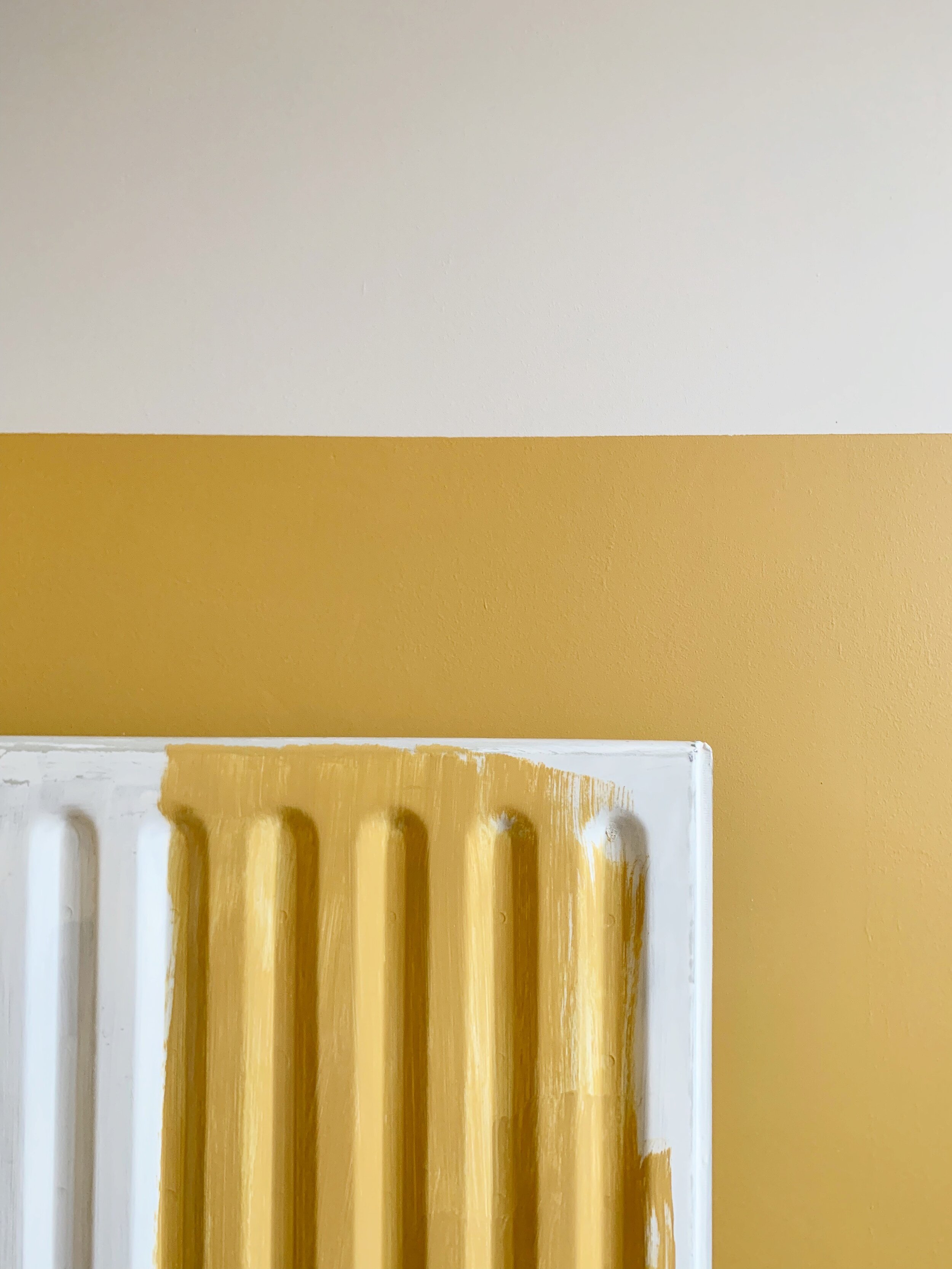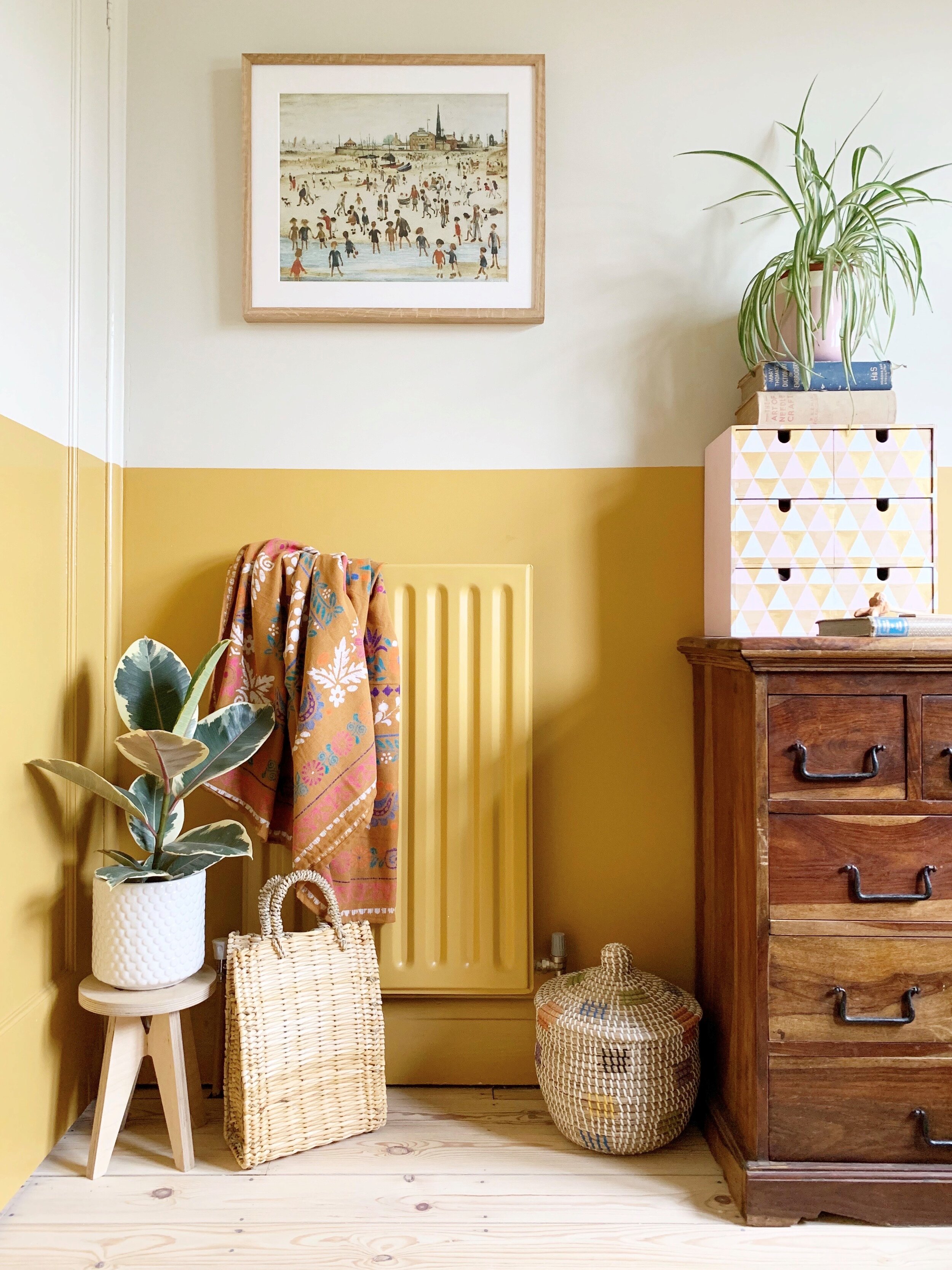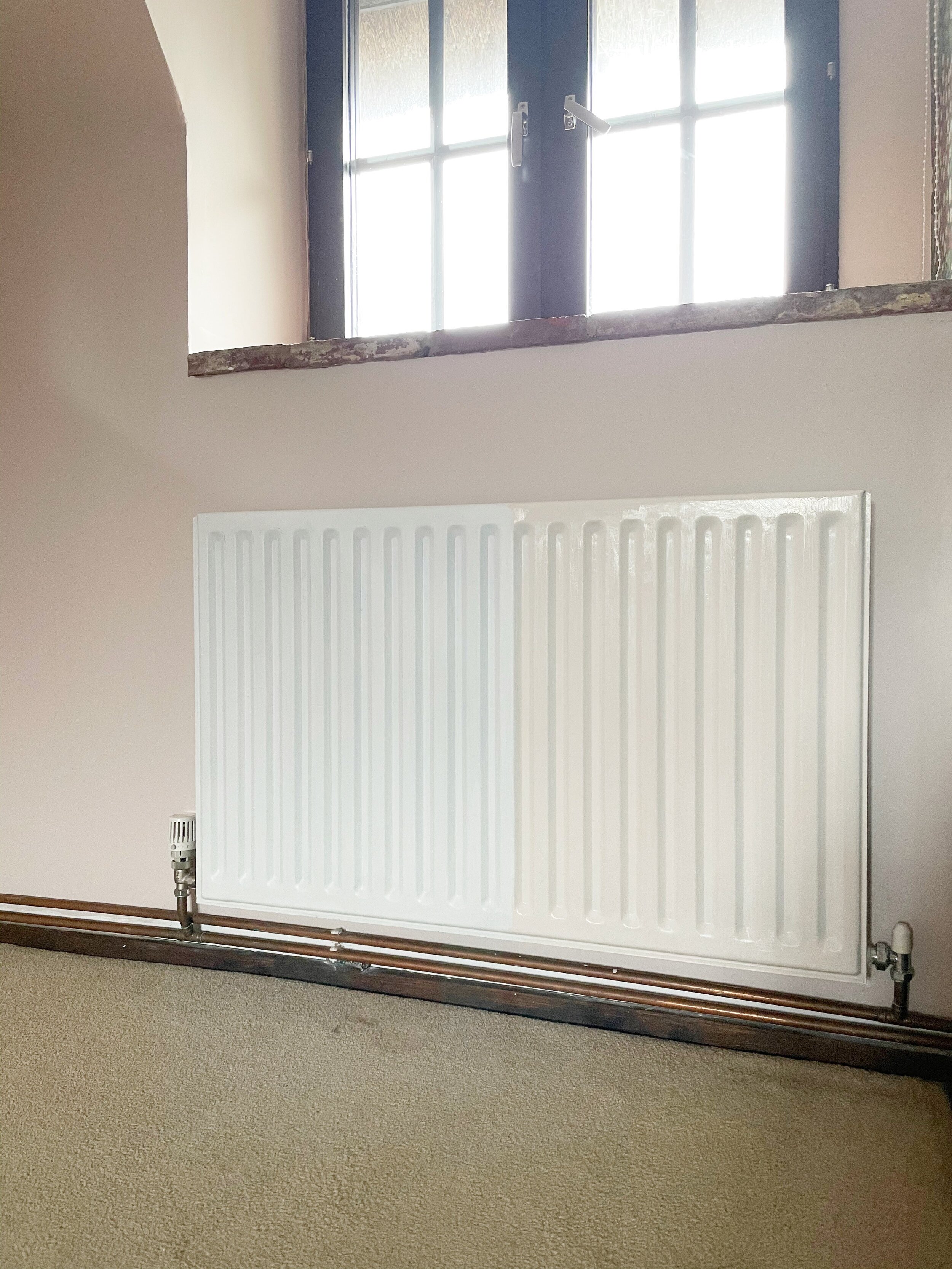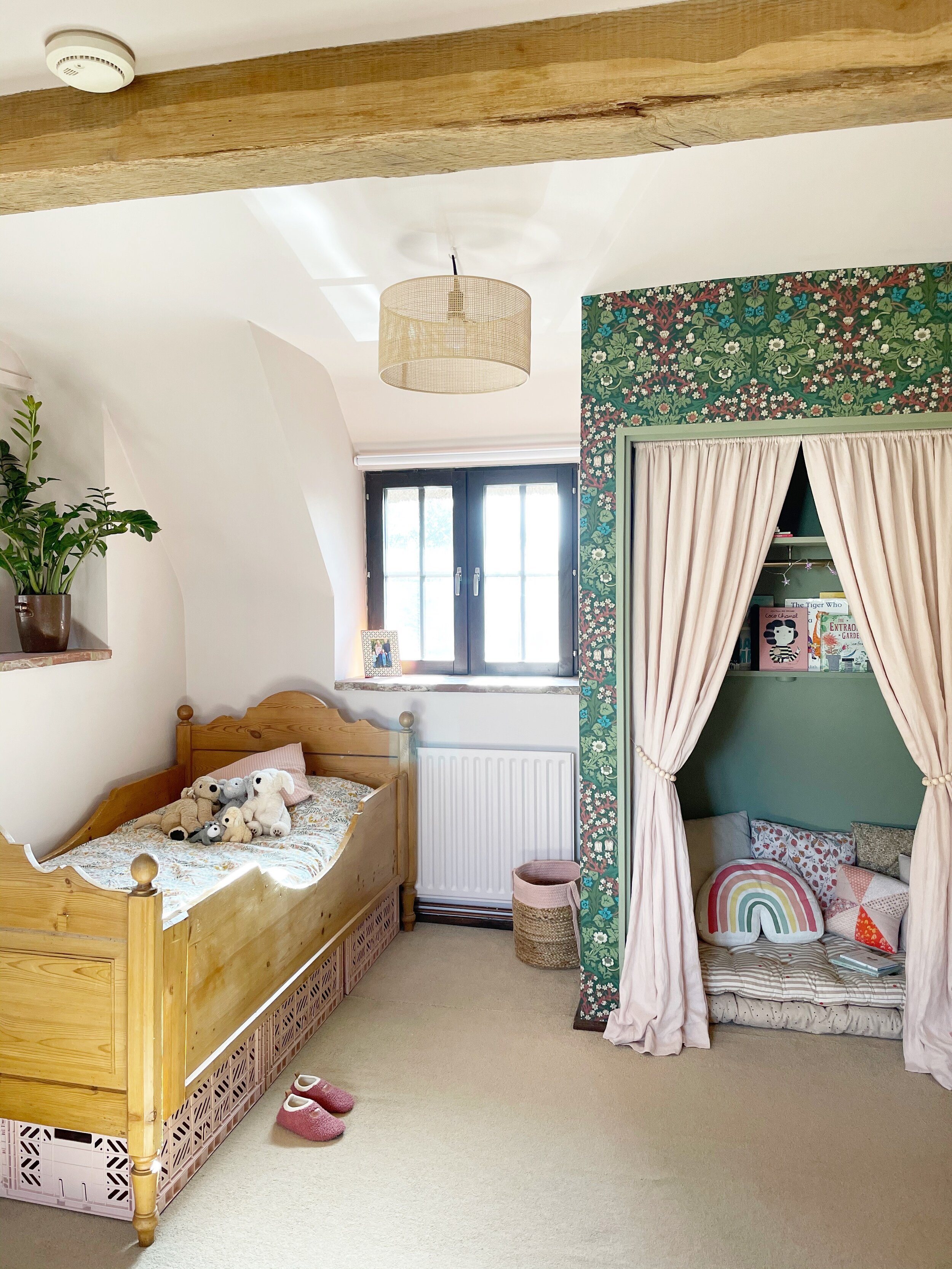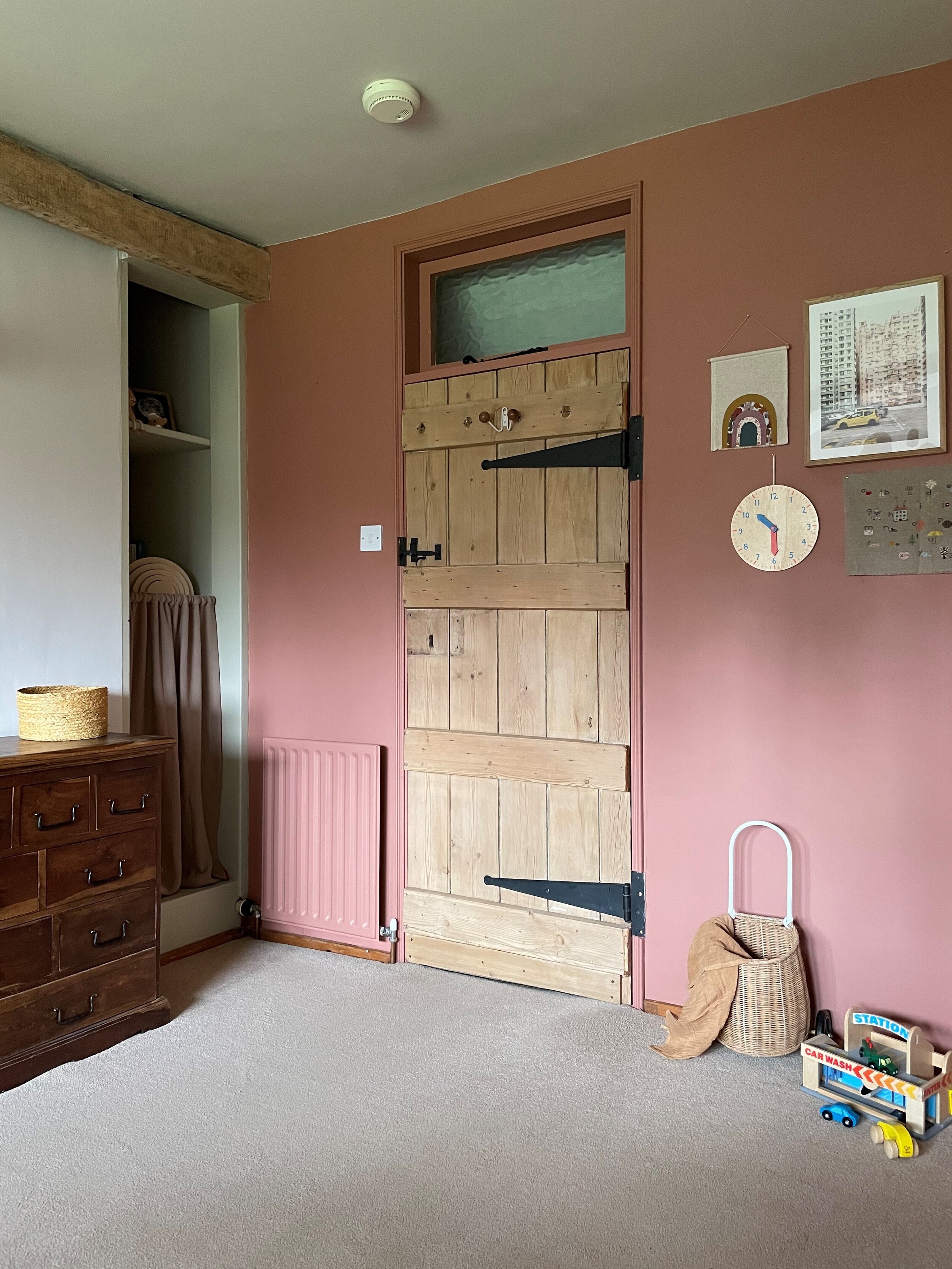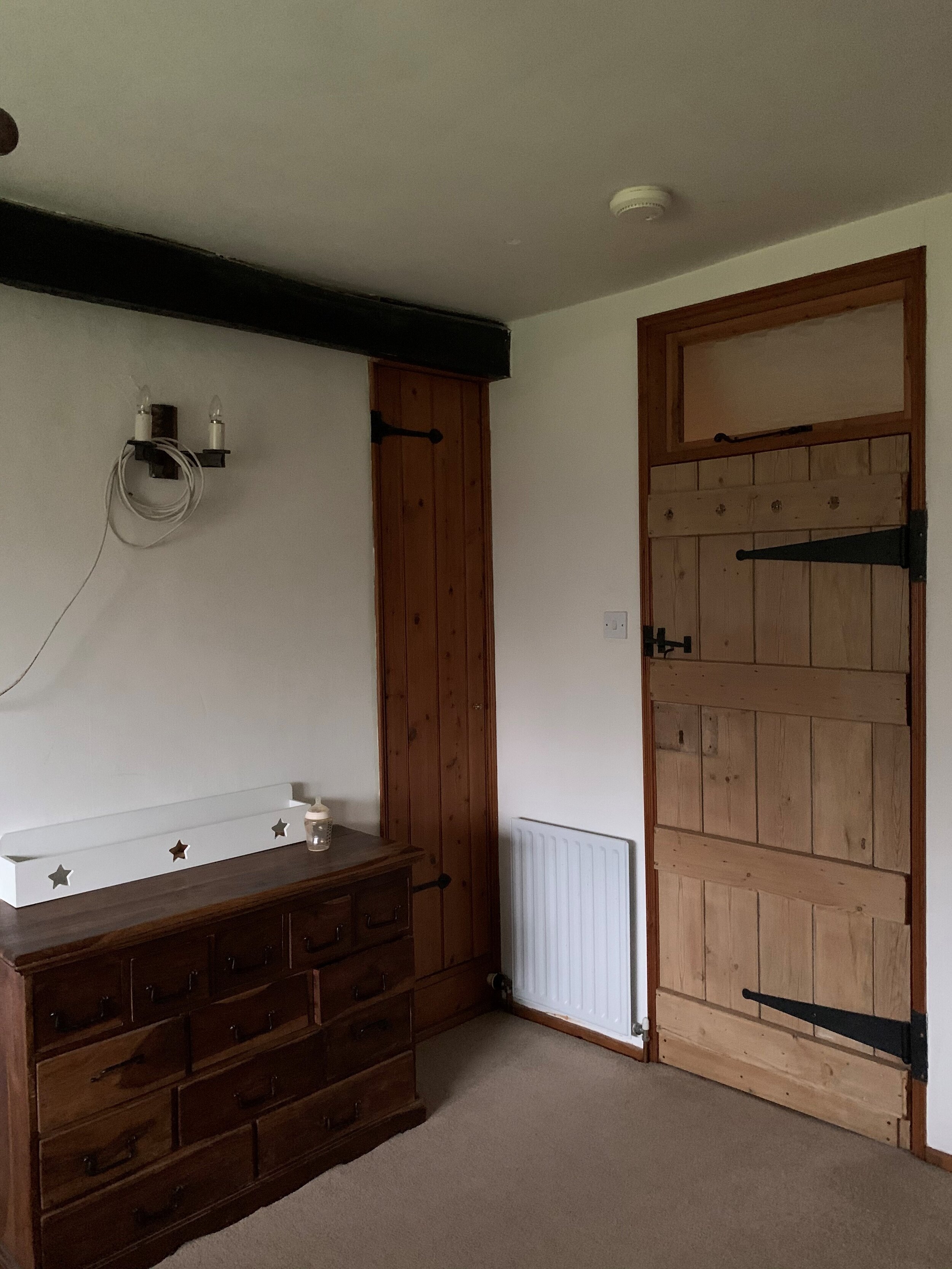How to paint a radiator
Painting an old radiator is a great and easy way to help it blend into your décor, creating a seamless and coordinated look on a budget.
As we have never been blessed with particularly pretty radiators - think dated and grubby with the previous owners’ old knickers found behind them kind of radiators - I love to colour match them to the walls so they ‘disappear’ and let other design features in the room stand out.
You can either use spray paint or regular paint depending on your colour choice, however, spray paint comes in a limited range of colours and personally, I find it is harder to use.
In a previous home, a lot of our walls were brilliant white, so we removed the radiators and sprayed them all white. If done well, you can get a good finish (no brush strokes!) however, we found it very hard to get an even coat. They looked fine whilst drying outside but when we rehung them, they appeared patchy and unfinished (even after multiple coats). You also have to remove the radiators for spraying, so you can do it in an open space and avoid drip marks, and quite frankly, I’d rather stick a fork in my eye.
How to paint a radiator:
Tools:
Sandpaper 80 or 120 grit
Sugar soap
Cloth
Paintbrush
Good quality all purpose primer (I like Zinsser Bullseye 1-2-3)
Eggshell or satinwood paint colour matched to your walls
Step One:
Sand the radiator lightly using 80 or 120 grit paper to create a ‘key’ for the primer to latch onto. Sand any old paint drips or painted on dust/debris as you go. If you have a new radiator, you will still need to sand it lightly.
Step Two:
Clean the radiator using a damp cloth and sugar soap. If you have none to hand some warm soapy water will do!
Step Three:
Once the radiator is dry, paint it with one coat of a good quality primer. I like Zinsser Bullseye 1-2-3 or Crown Trade Px4 All Purpose Primer.
Step Four:
Paint two to three coats in your desired colour choice. I recommend eggshell (matt) or satinwood (slight sheen) paint, colour matched to your walls. Most brands will offer their colours in a range of finishes, and if you are painting your skirting or woodwork to match your walls too (a design trick I love) you should have some leftover which you can use on the radiator.
Alternatively, if you can’t get hold of an eggshell or satinwood, then you could use your regular emulsion on a radiator, although personally, I have only ever done this in low traffic areas as I’m not sure it’s as hardwearing. Decorating Centre Online are a great resource for getting any brand colours colour matched to a certain finish if the brand don’t offer that option themselves.
And finally, style the rest of the room to your hearts content, knowing whatever you do, the eye will now not be drawn to the ugly radiator in the corner of the room!
FAQs: How to paint a radiator
Do I have to remove the radiator to paint it?
No. Because, as you know, I’d rather stick a fork in my eye than have to take rads off the walls! Instead you can just paint all the bits you can see, with a smaller brush if necessary to get to the fiddly bits at the back.
Does painting a radiator affect heat efficiency?
From personal experience, I have found our radiators have worked just as well once painted as unpainted. Google throws up a whole array of opinions, mainly concluding that painting them doesn’t affect the overall performance enough to warrant living with joy-sucking radiators! Some of the research I found which said it did affect efficiency, was distributed by radiator companies, who of course, would rather you buy a new one than paint your old one!
Do I need to use heat resistant paint?
No, your radiator should not be getting hot enough to need heat resistant paint.


